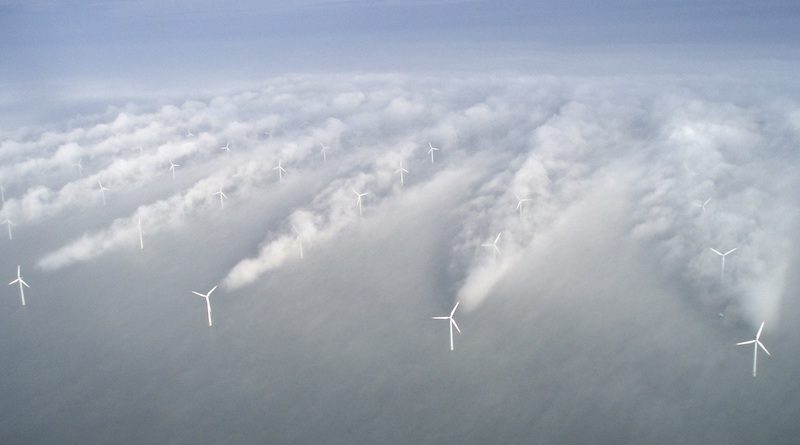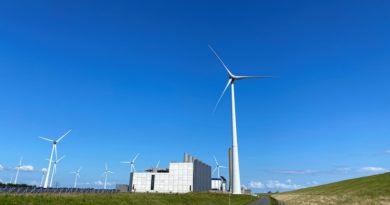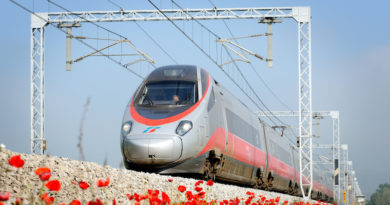
The EMD reform, a driving force behind the energy transition
Today, we can hardly imagine a life without washing machines, dishwashers, computers, stoves or many of the other electricity consuming products that makes our everyday easier and more convenient. Behind these everyday routines runs an enormous machine that provides us with energy 24/7. The electricity system. Power production in the Southern Europe is combined throughout through a sophisticated electricity net with consumers in north and vice versa.
In Europe we have through the years managed to a large extend to uphold a stable and affordable energy supply, the main principles behind security of supply.
As electrification will have to increase, our electricity market will play an even bigger role. Getting it right is what will critically support us in getting to net-zero.
A European energy system under pressure
Not less than ¾ of the total global greenhouse gasses stems from our energy consumption. On a global plan, this is mainly due to the big consumption of coal, natural gas and oil to power production and fuels to cars, ships and planes. This need to change. The energy transition will require a massive change to our power system. First, the system itself must move away from dependency on fossil fuels. Secondly, the system will have to provide renewable power to a completely new group of consumer; cars, ships and planes. Renewable power will in other words become the new big demand product. At the same time, Europe’s energy system is under pressure. You have to go back to the 1970s oil crises to find a comparison to what has happened in the last years. The combination of Putin’s chokehold on gas supplies, the most severe drought on record and a failing conventional power fleet are creating the conditions for a perfect storm.
Households, businesses and governments have been hit by ever-increasing energy bills, which in turn are driving inflation, devaluing the Euro and forcing central banks to increase interest rates and borrowing costs. So what can we do about it? The answer is resilient and flexible European energy system based on renewables and energy efficiency.
This is what the electricity market must support to be a driving force behind the energy transition.
An energy market ready for purpose
The energy market today should serve us several purposes. It should support the role out of renewables. It should enact and support energy efficiency measures. As well, it should support households and industry with affordable energy. To a large extend, this is what the marginal price mechanism delivers today; investment incentives to producers, energy efficiency incentives for consumers, as well as incentives for flexibility that is essential to integrate renewable energy and reduce price spikes.
Short-term market is working and securing low prices and green energy. The latest shock to the energy system was mainly driven by a sharp increase in natural gas prices provoked by Russia’s war on Ukraine.
As fossil fuels generates around 39 % (2022) of power generation in the EU and natural gas is around half of this, it had a major impact on power prices.1 If we want to avoid future backlashes, we need to build a system that runs on 100 % renewables. That will however require some more work.
Double push
The shift away from fossil fuels and the following increasing demand in power production requires not only a major roll out of renewables, but also of demand response. Therefore we critically need to develop demand response and storage technologies. More demand response will in return foster further investments in renewable energy as this will further exploit their potential. As well, a more well-functioning long term market could help support long term securing prices. Therefore, a revised electricity market should allow Member States to design innovative support schemes that would create a double push – a push for both for renewables and demand-response.
Push Member States to assess the flexibility of their power system and make clear objectives for how to increase demand-response.
Developing the offshore electricity market
One of the critical areas where an advanced electricity market must evolve is offshore. As we are looking into a new scene of a massive roll out of offshore wind that will require innovative solutions, the right regulatory framework must support this roll out. In this very innovative environment, striking the balance between being on time with the right regulation and learning by doing is important. Building the right incentives around the offshore energy market is therefore crucial for building the powerhouse that offshore energy offers. For example, the complexity of building major power production islands offshore with interconnectors to different countries and more than one bidding zone creates new risk for investors. These risks needs to be carefully addressed in the marked model, as to secure a fair cost sharing between involved actors. As electrification will be rolled out to decarbonise our energy system, a robust and adaptable electricity market system will be crucial. Building on what we got, while introducing targeted reforms will get us closer to a net zero world.
___________________________________
1 https://www.consilium.europa.eu/en/infographics/how-is-eu-electricity-produced-and-sold/




